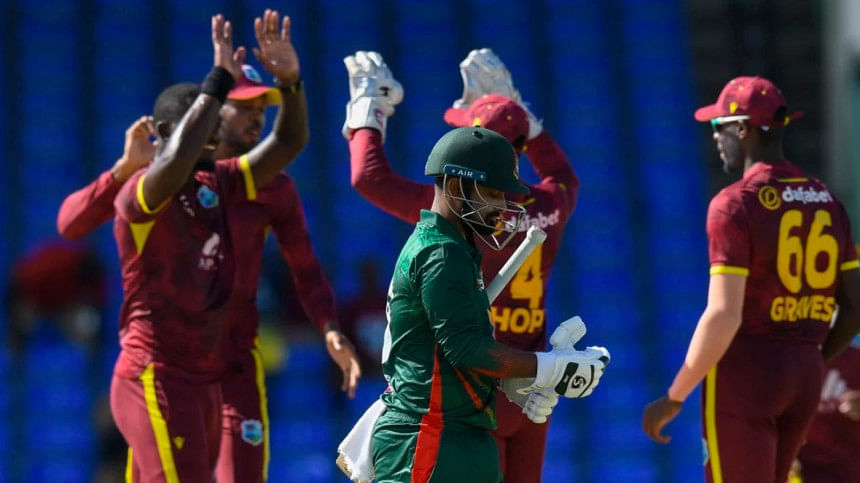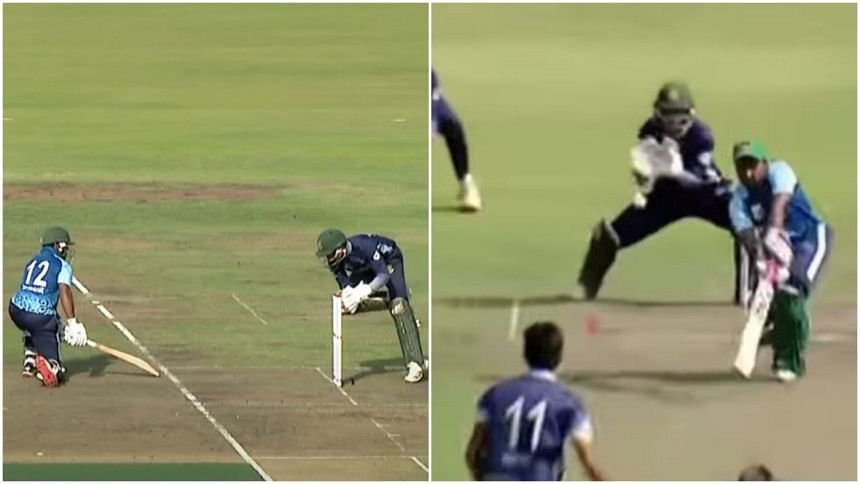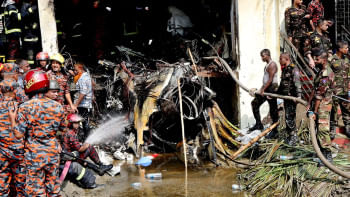Cracks in the foundation: DPL’s fall, ODI fallout

The International Cricket Council's annual ranking update was a stark reminder of how far Bangladesh has fallen in the world of cricket. After nearly two decades, the Tigers have once again slipped to 10th place in the ICC's ODI rankings.
It is a humbling and painful regression for a nation that once prided itself on being strong in the 50-over format. This latest drop, while not unexpected, highlights a broader issue that has been brewing in Bangladesh cricket for years.
It is not merely a matter of losing a few ODIs; it reflects a long-standing decline that shows no signs of reversal.
The Tigers have suffered a four-point drop in their rating, leaving them on 76 points, as the West Indies leapfrogged them into ninth place with 83 points.
To put it into perspective, Bangladesh's current position is eerily reminiscent of the 2007 rankings -- the same year they broke into the top 10 for the first time. Back then, the country was on the rise. Today, it feels as though Bangladesh is trapped in a spiral of mediocrity, with every step forward countered by another stumble backward.
In the short term, the reason for this fall is straightforward: Bangladesh have been out of form for over a year.
Since their World Cup campaign began with a win over Afghanistan in November 2023, the Tigers have played 24 ODIs, winning only six.
Their recent performances, both in ICC tournaments and bilateral series, stand as proof of how far the team has strayed from their once-lofty ambitions.
Of the six bilateral series they have played, they have won just one -- a 2-1 victory over Sri Lanka. Their World Cup and Champions Trophy campaigns were disastrous, with defeats to powerhouses like India and New Zealand, and a washout against Pakistan.
But while this slump is concerning, it is not the root cause of Bangladesh's cricketing crisis. The real issue lies deeper-- within the very foundation of the game in the country: the Dhaka Premier League (DPL).
In most cricketing nations, the domestic structure forms the bedrock of international success. For Bangladesh, the DPL was once the most crucial pillar of that foundation. It was where young talent was nurtured, where cricketers got their first taste of competitive List-A cricket, and where the nation's future stars were forged.

From the 1980s to the early 2000s, the DPL was a breeding ground for excellence and produced some of Bangladesh's finest players.
Today, however, the DPL lies in ruins. The once-glorious league now resembles a dilapidated palace -- a hollow shell of its former self.
Enthusiasm around the competition has dwindled alarmingly, and the quality of cricket has deteriorated significantly. The most pressing concern is not only the standard of play but also the meagre wages players are now receiving.
With salaries slashed by nearly half, many cricketers are forced to play for as little as Tk 50,000—a sum that barely covers basic expenses.
The reasons for this decline are numerous. The rise of T20 cricket, the increasing pull of international tournaments, and the Bangladesh Cricket Board's growing apathy towards domestic cricket have all contributed.
Perhaps most damaging, however, is the toxic club politics that has stifled the league. Focus has shifted from cricket itself to boardroom manoeuvring and political gain. What was once a fiercely competitive league has become predictable and stale, leaving players demotivated and disillusioned.
The decline of the DPL is directly tied to Bangladesh's struggles on the international stage.
Once, the DPL was the primary platform for players to prove themselves, for selectors to identify talent, and for the country to build a competitive edge.
Now, with fewer competitive matches and dwindling financial incentives, there is little to inspire the next generation of cricketers. Alarmingly, even the selectors have begun to show reluctance in attending DPL matches to scout talent.
The latest rankings serve as a wake-up call: Bangladesh cricket can no longer afford to ignore these structural failings. If the BCB continues to neglect the DPL, the national team will only slide further into irrelevance.
As the Tigers drop down the ICC rankings, the question is no longer just whether Bangladesh can bounce back -- but whether they can reconnect with the foundation that once made them a force to be reckoned with. Until then, the fall from grace continues, and the once-proud base of Bangladesh cricket continues to crumble.

 For all latest news, follow The Daily Star's Google News channel.
For all latest news, follow The Daily Star's Google News channel. 



Comments